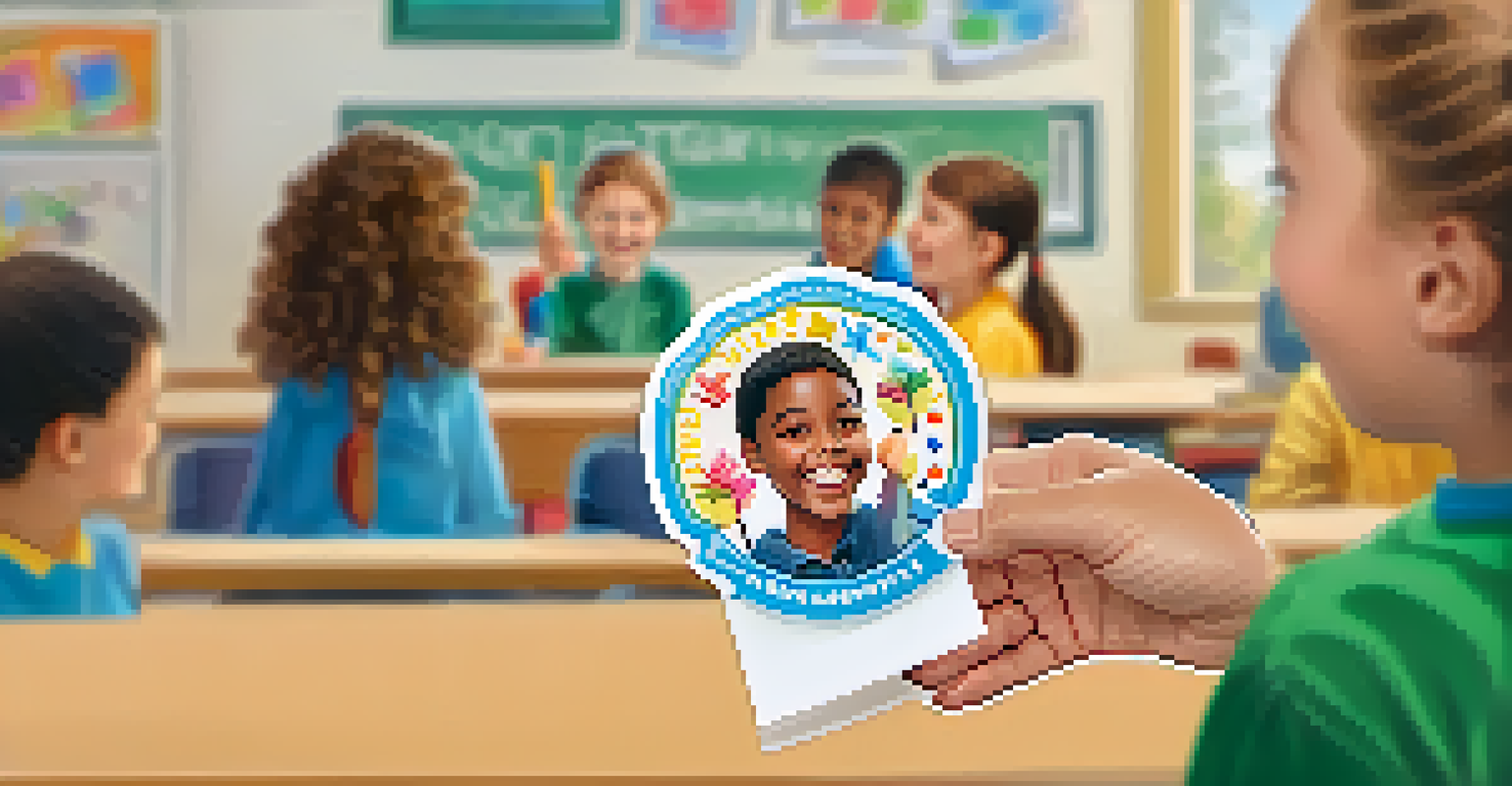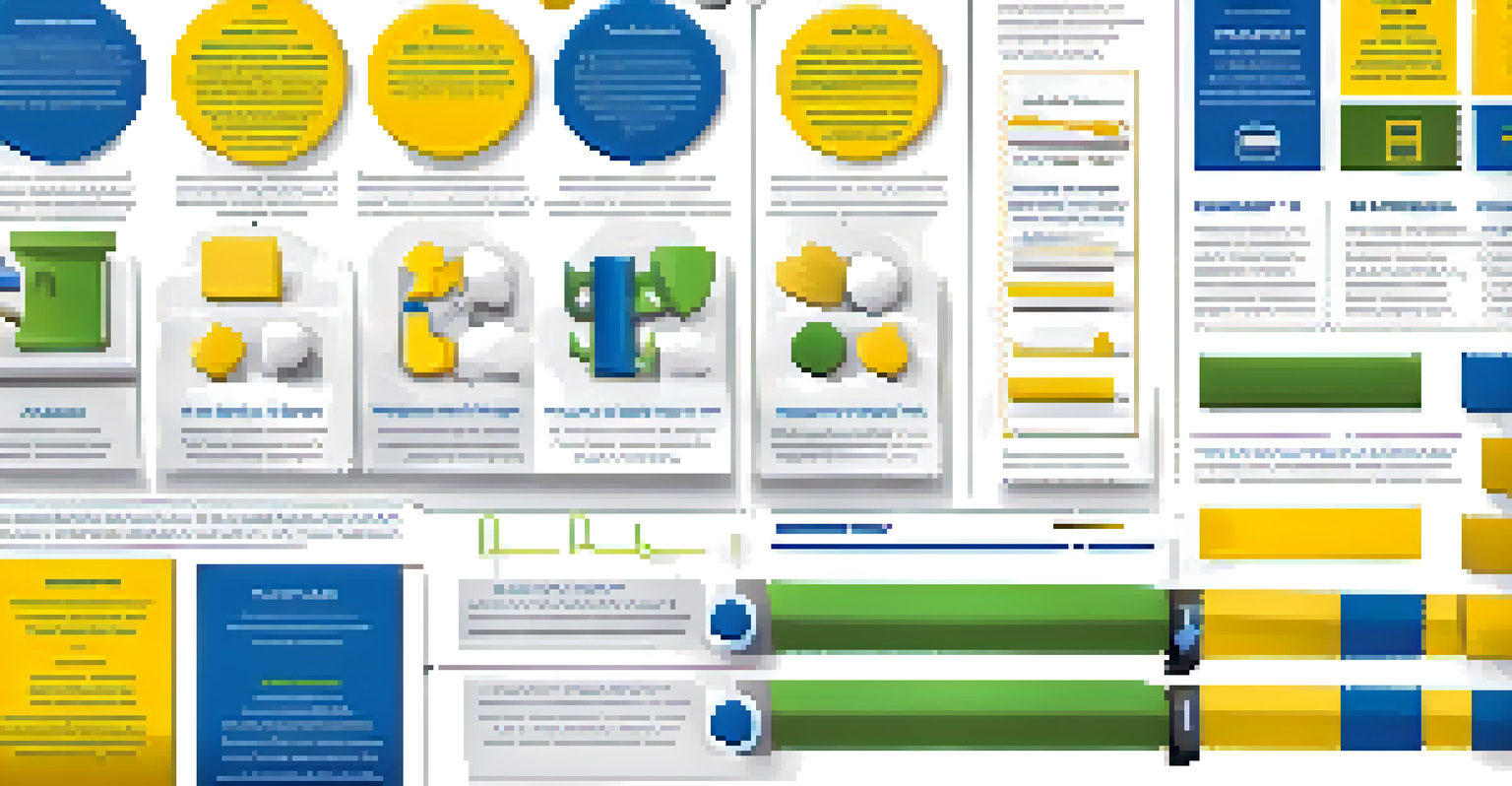Behaviorist Learning Theory: An Overview for Educators

Understanding Behaviorist Learning Theory Basics
Behaviorist learning theory focuses on observable behaviors, rather than internal thoughts or feelings. This approach emphasizes that all behaviors are acquired through interaction with the environment. Instead of looking at the mind, behaviorists study responses to stimuli, which makes it easier to measure learning outcomes.
Behavior is determined by its consequences.
At the core of behaviorism are principles like reinforcement and punishment, which shape how we learn. For example, if a student receives praise for completing homework, they're more likely to repeat that behavior in the future. In contrast, if a student is reprimanded for disruptive behavior, they may learn to avoid such actions.
This theory has its roots in the work of psychologists like B.F. Skinner and John B. Watson, who believed that learning is a direct response to external stimuli. By understanding these principles, educators can create environments that encourage positive behaviors and effective learning.
Key Principles of Behaviorism in Learning
Behaviorism is built on several key principles, including reinforcement, punishment, and conditioning. Reinforcement, both positive and negative, increases the likelihood of a behavior being repeated. For instance, giving students extra points for participation can positively reinforce their engagement during class.

On the other hand, punishment aims to decrease undesired behaviors. For example, a teacher might implement a time-out for students who disrupt the class, discouraging that behavior in the future. Understanding these principles allows educators to craft strategies that effectively guide student behavior.
Behaviorism Focuses on Observable Actions
Behaviorist learning theory emphasizes observable behaviors and responses to stimuli rather than internal thoughts.
Additionally, conditioning refers to the process of associating a specific stimulus with a particular response. Classical conditioning, as seen in Pavlov's experiments, shows how learning can occur through association, while operant conditioning, highlighted by Skinner, focuses on consequences shaping behavior. These concepts are crucial in designing effective educational practices.
Applying Behaviorist Techniques in the Classroom
Educators can leverage behaviorist techniques to enhance teaching effectiveness. For instance, setting clear expectations and providing immediate feedback helps students understand what is required of them. When a student knows they will receive feedback right away, it reinforces the learning process and helps solidify new skills.
The more a person knows, the more they can learn.
Using a system of rewards can greatly motivate students. For example, a points system where students earn rewards for good behavior or academic achievements encourages them to engage positively in the classroom. This not only fosters a productive environment but also builds a sense of community among learners.
Moreover, behaviorist strategies can be particularly effective for classroom management. Implementing consistent routines and consequences helps to establish a structured learning atmosphere. When students know what to expect, they are more likely to adhere to classroom norms and focus on their studies.
The Role of Reinforcement in Learning
Reinforcement is a cornerstone of behaviorist learning theory and plays a significant role in shaping student behavior. Positive reinforcement, such as verbal praise or tangible rewards, encourages students to repeat desirable actions. For example, a teacher might give a sticker to students who complete their assignments on time, reinforcing that behavior.
Negative reinforcement, while often misunderstood, involves removing an unfavorable condition to strengthen a behavior. For instance, if students are allowed to skip a quiz for consistently good performance, they may be more motivated to maintain that standard. Both forms of reinforcement create a powerful incentive for students to engage in positive learning behaviors.
Reinforcement Shapes Student Behavior
Reinforcement, both positive and negative, is crucial in encouraging desirable student behaviors and improving engagement.
Ultimately, the effective use of reinforcement helps educators create a more engaging and productive learning environment. When students feel appreciated and see the benefits of their efforts, they are more likely to invest in their education and take ownership of their learning journey.
Challenges and Criticisms of Behaviorism
While behaviorism offers valuable insights, it is not without its challenges and criticisms. One major concern is that it focuses solely on observable behaviors, potentially neglecting the cognitive processes behind learning. Critics argue that understanding how students think is just as important as observing what they do.
Additionally, some educators worry that relying too heavily on rewards may lead to extrinsic motivation, where students only perform tasks for rewards rather than for the intrinsic value of learning. This can diminish their natural curiosity and passion for knowledge. Striking a balance between reinforcement and fostering a love of learning is essential.
Furthermore, the one-size-fits-all approach of behaviorism may not cater to diverse learning styles and needs. Each student is unique, and a method that works for one may not work for another. As educators, it's crucial to adapt teaching strategies to accommodate various learners while considering behaviorist principles.
Integrating Behaviorism with Other Learning Theories
Integrating behaviorism with other learning theories can create a more holistic approach to education. For example, combining behaviorist techniques with constructivist principles encourages students to build their own understanding while benefiting from structured reinforcement. This blend can lead to richer learning experiences that engage students on multiple levels.
Additionally, understanding cognitive theories can help educators recognize the mental processes involved in learning. By acknowledging how students think and process information, teachers can design lessons that incorporate both behavioral and cognitive strategies, promoting deeper understanding.
Integrating Theories Enhances Learning
Blending behaviorism with other learning theories fosters a more holistic educational approach, accommodating diverse learning styles.
Ultimately, the most effective educators draw from a variety of learning theories, adapting their methods to fit the needs of their students. By embracing a flexible approach, teachers can create dynamic learning environments that not only promote positive behaviors but also inspire meaningful, lasting learning.
Conclusion: The Future of Behaviorism in Education
As education continues to evolve, the principles of behaviorism remain relevant and impactful. Understanding behaviorist learning theory equips educators with valuable tools for managing classrooms and fostering positive student behaviors. While it's important to recognize its limitations, behaviorism can still play a crucial role in effective teaching strategies.
Moving forward, educators are encouraged to blend behaviorist principles with emerging educational practices. For instance, incorporating technology and personalized learning can enhance the application of behaviorism, making it more adaptable to diverse learning contexts. This evolution ensures that teaching methods remain effective and engaging.

In conclusion, behaviorist learning theory offers a foundation for educators seeking to improve student outcomes. By integrating its principles with other approaches, teachers can create comprehensive strategies that not only focus on behavior but also inspire a love for learning in their students.